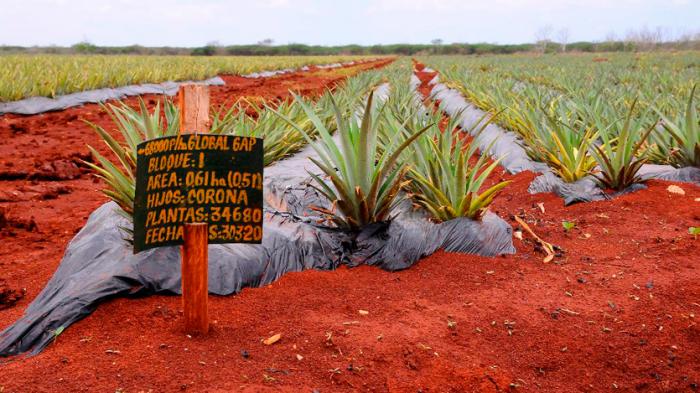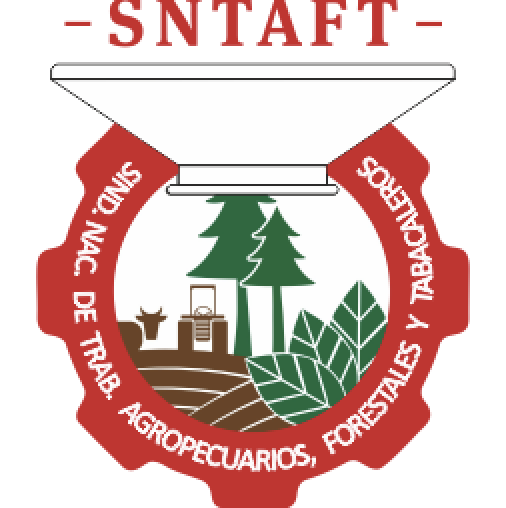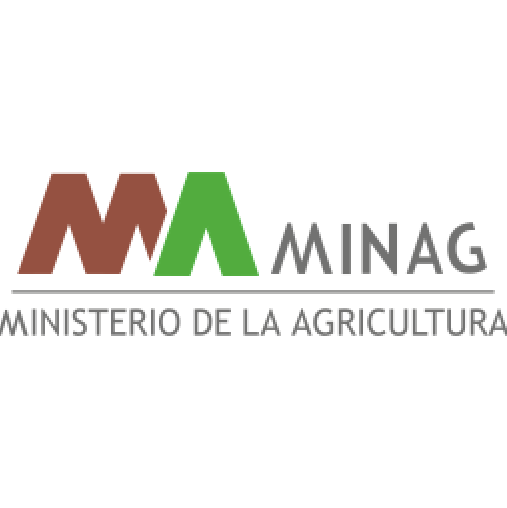GAF
Various crops: improving yields is the real challenge
During the recently concluded cold sowing campaign, 105% of the planned hectares were planted and all the provinces complied with their plans, despite the scarcity of inputs
Although the use of bioproducts in agricultural production is growing, due to obvious needs related to the limitations in the entry of fertilizers and pesticides into the country, these inputs are not capable of covering by themselves the total nutrients that crops need for their growth. development, which directly impacts production performance. Yoján García Rodas, Director of Agriculture of the Ministry of Agriculture (Minag), recently explained to the press that, for example, in Cuba the potential yield of vegetables such as cassava is between 20 and 30 tons per hectare, while the production with technologies approved by the different institutes is 80% of the previous one, that is, about 15 tons per hectare. However, he recognized that under current conditions, without fertilizers, with the drastic effects of climate change, the planned average yield for this crop is 6 to 8 tons per hectare. Vegetables and grains present similar situations, although more local solutions have the capacity to increase their yields. So, the strategy at the country level is to plant more area to be able to produce the basic demand of the population and various strategic sectors, while promoting the integrated management of pests and diseases. For this reason, García Rodas continued, although some 387,231 hectares (ha) were planned for the recent cold sowing campaign of various crops - which means 9% more than the average of what was sown in the last eight campaigns - real reached was 406 thousand 435 hectares. He noted that 135 thousand 977 hectares of vegetables were planted for generic crops, more than 138 thousand 200 of vegetables, 121 thousand 237 hectares of grains and almost 11 thousand hectares of Citrus and Fruit trees; while all the provinces complied with what was planned. In another order, the manager reported on the spring planting campaign, whose plan amounts to 404,606 ha, 10% more than the average of the last nine campaigns with an increase of 33,891 ha. Pesticides and fertilizers, double-edged swords for crops The manager turned his attention to an important issue, since pesticides and fertilizers are essential, even though there is increasing advocacy for reducing their use, an issue directly linked to a healthy and safe diet, and aware that our country is very expensive to purchase. Proof of the usefulness of these products is that during the cold season itself, their scarcity took its toll on crops such as corn and beans, with the latter having to be prioritized for destinations such as seed and supplying tourism. It is that the importation of pesticides, exemplified the director of the Minag, meant for Cuba the expense of nine million USD on average in a decade, just to cover 30% of the areas destined for various crops, with special attention to the bean itself. , potatoes, rice, corn, and certain levels of meats and vegetables. However, he noted, during the years 2020 and 2021 they have decreased considerably, reporting the lowest levels with 2.5 million in 2020, for 3.5% of the planted area and 3.3 million in 2021, for 4 .5% of the planted area. On the other hand, he said that in the case of fertilizers, the average import was between 55,000 and 65,000 tons with an average cost of 30 million USD, but in 2021, only 12,510 tons could be imported. that is, 19% of the average of recent years. In this way, potato cultivation was prioritized, specifically the areas destined for seed multiplication, in addition, a level of areas was protected in the provinces of Artemisa and Mayabeque with the aim of contributing to the supply of the capital, hence In the months of January and February, an average of 500 tons of food entered Havana daily. In line with all this, he argued that the direction of agriculture works to increase the planting of tropical vegetables, which guarantee production levels and require fewer inputs, that is the case of bananas, cassava, malanga and sweet potatoes. . The objective of this program is to reach 13.42 hectares of existence per 1,000 inhabitants for cassava and plantain crops, that is, about 150,184 hectares; in the case of malanga, two hectares per 1,000 inhabitants, which would be 22,382 hectares, while for sweet potatoes, the goal is three hectares per 1,000 inhabitants, that is, 33,573 hectares.




